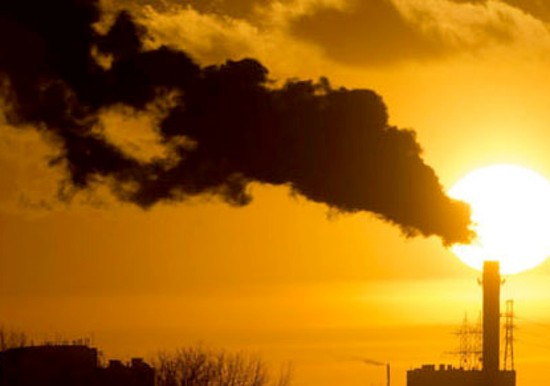
The Energy Collective Group
This group brings together the best thinkers on energy and climate. Join us for smart, insightful posts and conversations about where the energy industry is and where it is going.
Shared Link
The Current State of Carbon Capture Does Not Meet The Existential Need in Combatting Climate Change
A recent publication, “The State of Carbon Dioxide Removal: A global independent scientific assessment,” a collaboration of research done in the United States, United Kingdom, and the Europe Union calls for the need to remove between 450 billion and 1,100 billion tons of carbon dioxide (CO2) from the atmosphere by 2100 if we hope to keep mean global temperatures within the Paris Climate Agreement goal of 1.5 Celsius (2.7 Fahrenheit) or even 2.0 Celsius (3.6 Fahrenheit).
How significant is the challenge? Currently, we remove 2 billion tons of CO2 from the atmosphere annually. Carbon Dioxide Removal (CDR) is accomplished largely through reforestation, forest maintenance, and soil carbonation, not from novel technologies such as Direct Air Capture (DAC) and Carbon Capture and Sequestration (CCS) which currently only contribute 0.1% of total CDR annually. But short of cutting off all sources of CO2 emissions with the consequences that would entail, it is DAC and CCS that will likely when ramped up help us remove the 450 to 1,100 billion tons. This means we need to increase the deployment of CDR technology 1,300 times from where we are at present.
The Current State of Carbon Capture Does Not Meet The Existential Need in Combatting Climate Change
A new scientific assessment called "The State of Carbon Dioxide Removal" says we need to make 450 to 1,100 billion tons of CO2 in the atmosphere disappear if we are to meet the Paris Climate Agreement goals.
Get Published - Build a Following
The Energy Central Power Industry Network® is based on one core idea - power industry professionals helping each other and advancing the industry by sharing and learning from each other.
If you have an experience or insight to share or have learned something from a conference or seminar, your peers and colleagues on Energy Central want to hear about it. It's also easy to share a link to an article you've liked or an industry resource that you think would be helpful.































Sign in to Participate